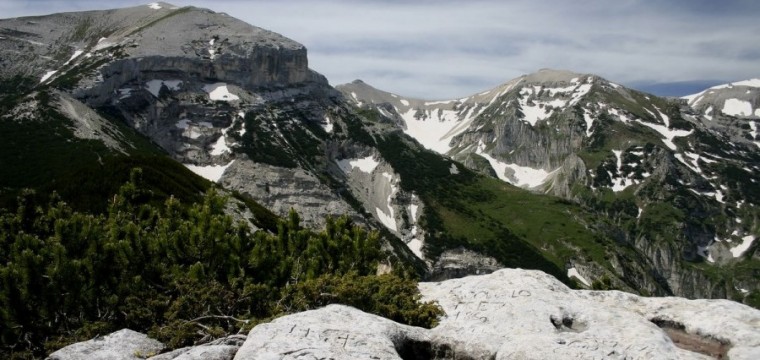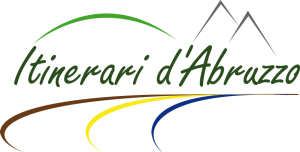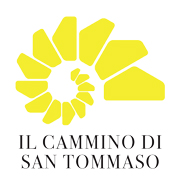
The Majella National Park established in 1991, It has an extension of 74.095 ha, account 39 common and includes 4 large orographic individuality: the Majella massif, Morrone, Porrara and Monti Pizzi. With the second highest peak of the Apennines (Monte Amaro 2793 m), and the 55% of its territory at elevations higher than 2000 m, It is the second highest mountain range of the Apennines.
To see her from afar Majella appears massive and compact, but to see it close up it turns deep cracks which conceal an unexpected and surprising world: a long lattice I, Deep times, dry and cut into the rock like canyons, other more open and lush with streams on the bottom, as Alpine valleys. While those who walk at the top, above the 2400 m, He discovers an amazing world of arid and undulating stony, a particular environment, almost lunar, unique in the Apennines.
mother mountain to the people of Abruzzo, it seems that his name is linked to the worship of the goddess Maja, considered the great mother, symbol of fertile land. And in its sinuous forms in many over the centuries have seen the female form, maternal and seductive at the same time.
For its unique features of this massive it was isitituito the Majella National Park, that from a naturalistic point of view is extraordinarily rich in fauna and flora (with 1800 plant species surveyed, about one third of the entire Italian flora) and it presents well 140 endemic plant entities, highlighted by the epithet “magellensis”.
The symbol of the Park is the Apennine wolf, miraculously saved from extinction and which has found an ideal environment.
Besides the nature of the Majella National Park it has the task to also protect the numerous archaeological sites, historical and artistic arising between its valleys, inhabited by humans since the dawn.
Archaeological remains speak of human presence on this mountain since 700.000 Years ago, when the prehistoric nomadic hunters also pushed on the highest peaks in pursuit of large mammals. When man became sedentary farmer-farmer began to build huts and villages and to use the many existing caves as shelters and places of burial and worship.
This profound sacredness made it in the Middle Ages an ideal destination for monks and hermits the world as an area with the highest density of hermitages in Europe. of great beauty spots are the hermitages Celestinian, set like gems in the rocky walls, expression of a perfect blend of art, spirituality and nature.
To these examples of poor spiritual architecture are combined great abbeys and monasteries during the Middle Ages have preserved the knowledge, They have produced great works of art and have administered an easy prey to the territory of the different dominations.
Another witness to the deep bond between the so-called Mountain Mother and their inhabitants are the pastoral dry-stone huts scattered across the Majella, real housing complexes and business where you can imagine the hard life of the pastors who so deeply characterized the socio-economic life of the entire Abruzzo, both da identify eat “land of shepherds”.




